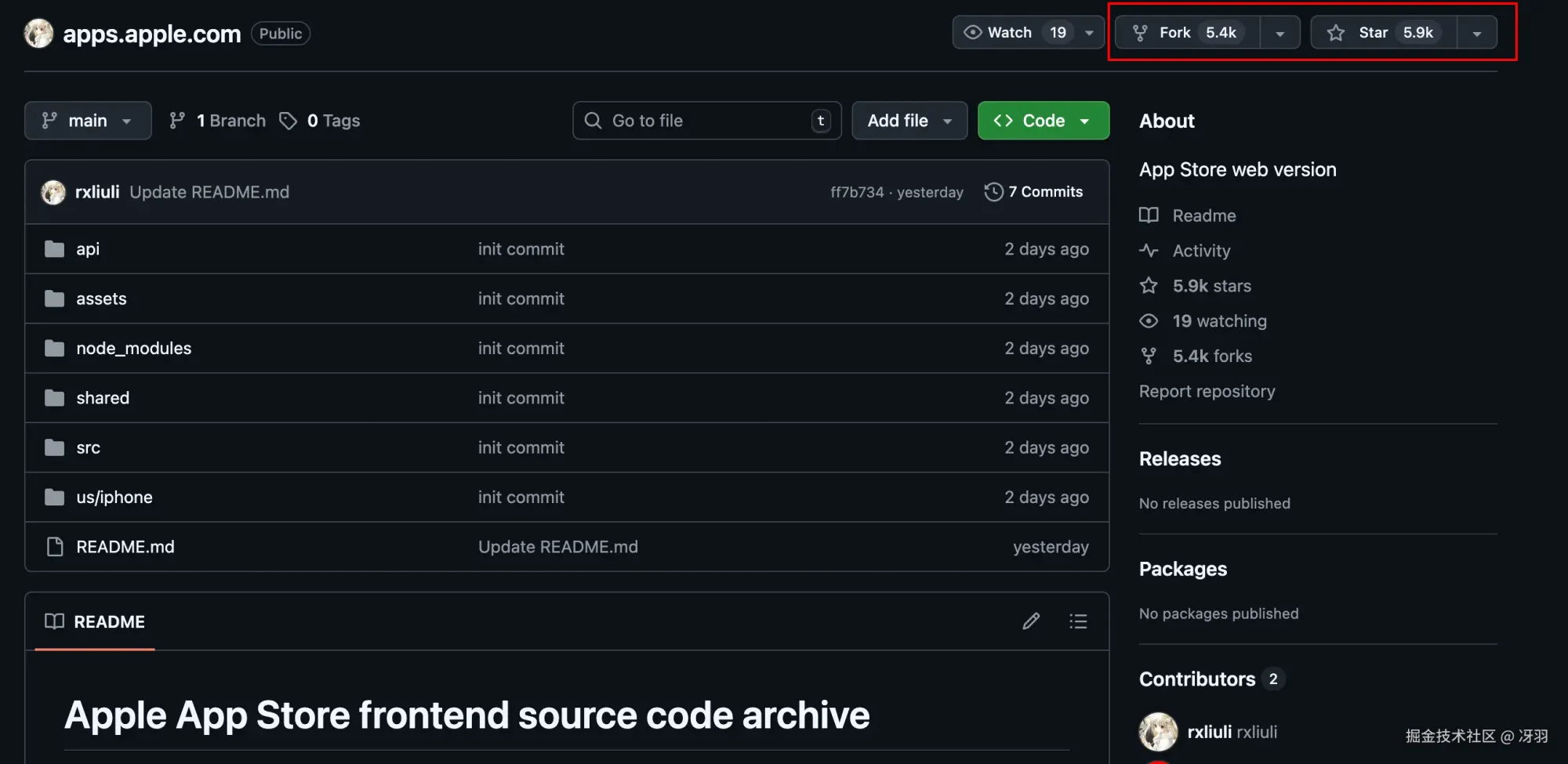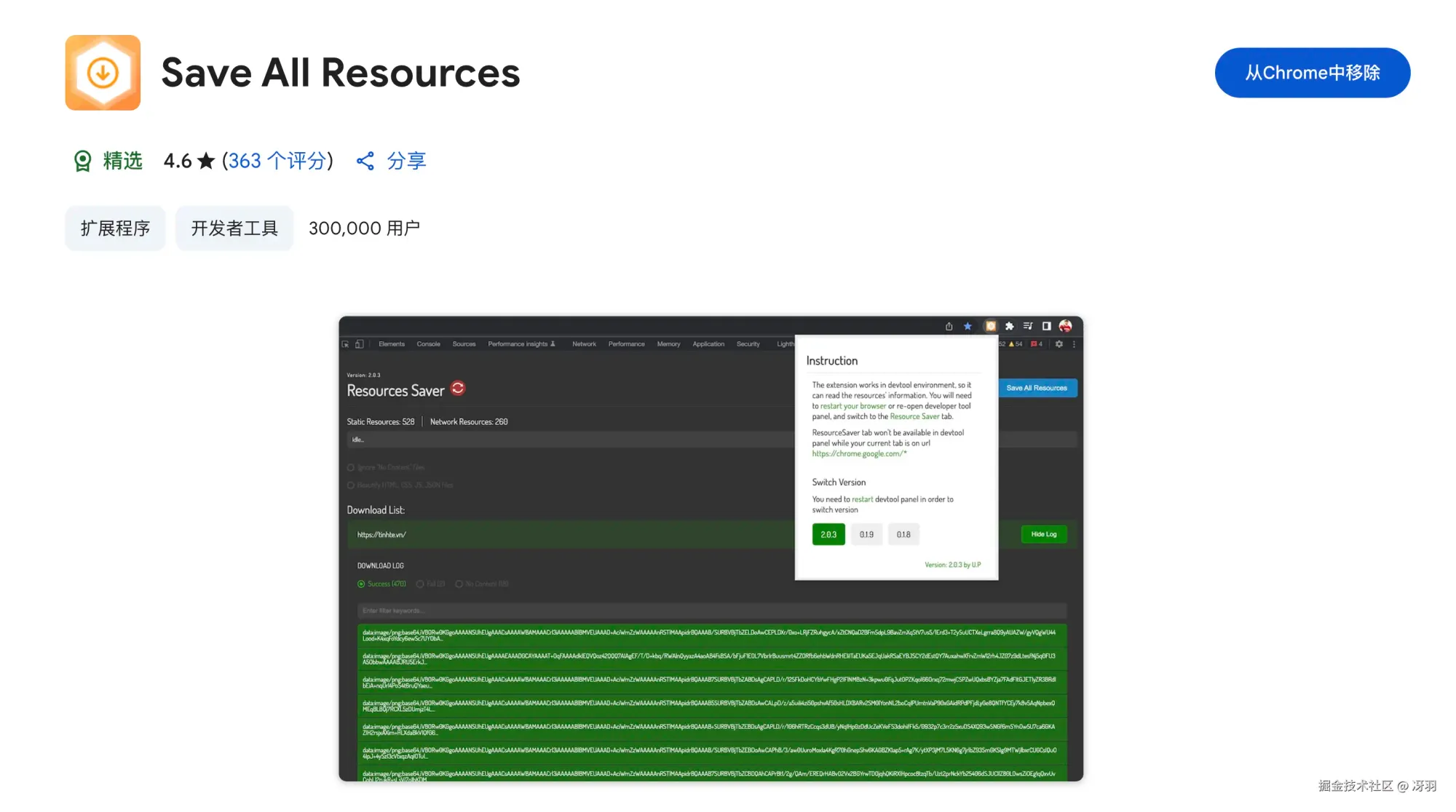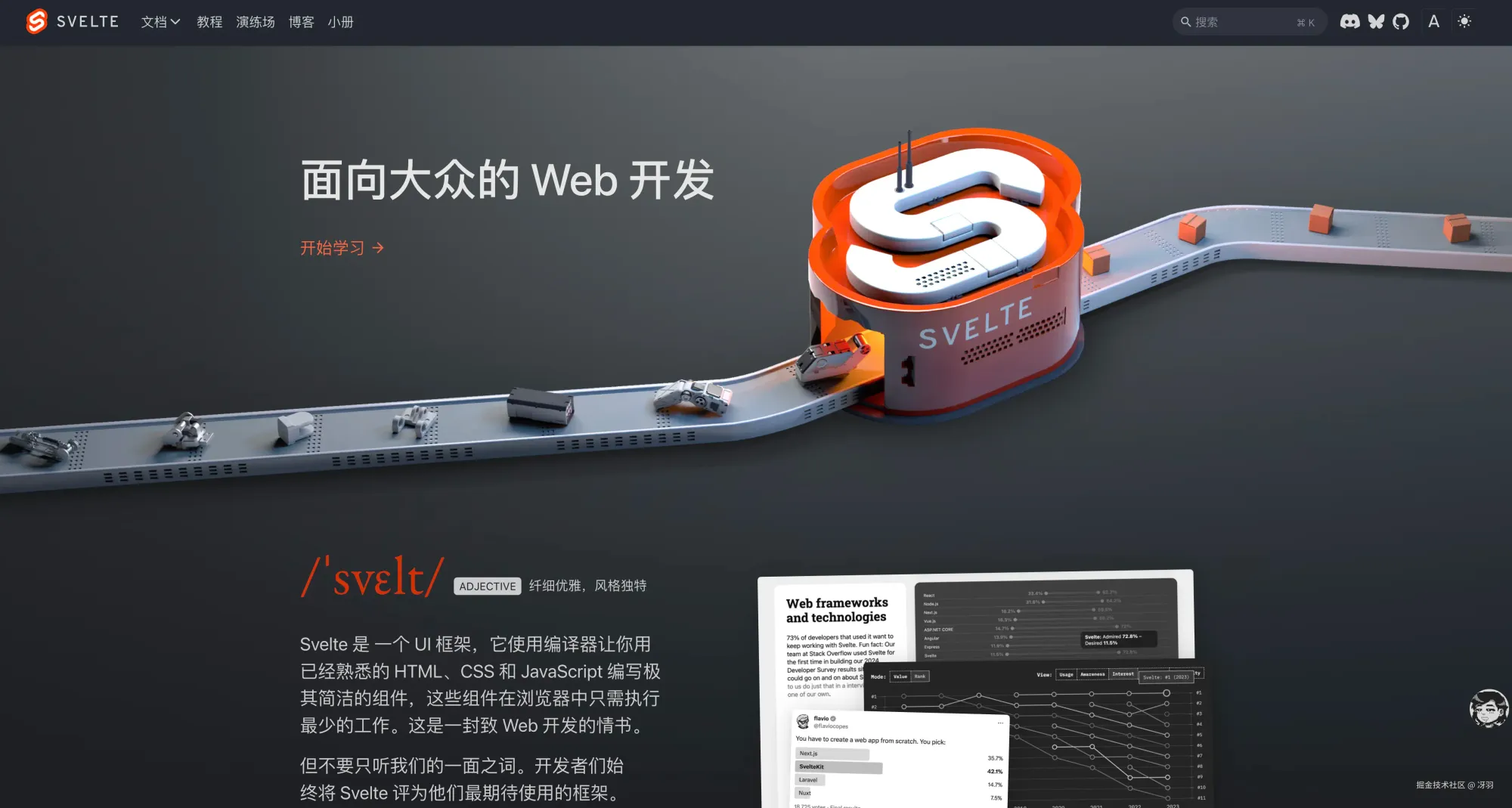# News: Apple App Store Front-End Source Code Leak
Yesterday, the **front-end source code** of Apple’s App Store was leaked.
The cause? In the **production environment**, **SourceMap** was left enabled — allowing users to download the source code and upload it to GitHub.
**Repository:** [github.com/rxliuli/app…](https://link.juejin.cn?target=https%3A%2F%2Fgithub.com%2Frxliuli%2Fapps.apple.com)
Currently, it has been **Forked** and **Starred** over **5k times**:

---
## How Did Users Obtain the Source Code?
**rxliuli** used the Chrome extension **[Save All Resources](https://link.juejin.cn?target=https%3A%2F%2Fchromewebstore.google.com%2Fdetail%2Fsave-all-resources%2Fabpdnfjocnmdomablahdcfnoggeeiedb)** to download the code.
**Extension link:** [chromewebstore.google.com/detail/save…](https://link.juejin.cn?target=https%3A%2F%2Fchromewebstore.google.com%2Fdetail%2Fsave-all-resources%2Fabpdnfjocnmdomablahdcfnoggeeiedb)

💡 **Tip:** You can also package and download a website’s source code in this way.
---
## Impact Analysis: How Serious Is This Leak?
**Key points:**
- A front-end code leak usually **does not** significantly impact business operations.
- Regardless of minification/obfuscation, front-end code must be sent to browsers — it’s inherently “exposed.”
- **SourceMap** simply makes code *more readable and debuggable*.
**Why not enable SourceMap in production?**
- No benefit for ordinary users.
- Adds slight performance overhead.
- Carries a small security risk by exposing source code.
After reviewing the leaked code:
- No **API keys** or sensitive data found.
- Business-critical logic (e.g., recommendation algorithms) resides **server-side**.
---
## The Surprise: Apple Used Svelte
Interestingly, the App Store project uses **Svelte**.
**Background:**
I’m familiar with Svelte — I’ve translated its official site: [svelte.yayujs.com](https://link.juejin.cn?target=https%3A%2F%2Fsvelte.yayujs.com)
I also authored the Juejin booklet *“Svelte Development Guide”*: [s.juejin.cn/ds/QNzfZ4eq…](https://s.juejin.cn/ds/QNzfZ4eqksM/)


### Why Svelte Makes Sense Here
Svelte is well-suited for **simpler pages** with **less complex business logic**.
Rather than a *runtime framework*, Svelte is a **compiler**. It transforms code at build time into optimized JavaScript for high-performance web apps.
---
### Svelte: Core Advantages
- **Lightweight:** Core library ~3 KB — ideal for micro-projects.
- **High Performance:** Build-time optimization, no virtual DOM, reduced memory & overhead.
- **Easy to Learn:** Minimal syntax, low barrier to entry.
✅ **Conclusion:** If your project is simple but you still care about performance (e.g., KPIs), Svelte is worth considering.
---
## Broader Lesson for Web Developers
This incident reminds us:
- Configure deployments carefully.
- Understand that front-end code is always client-delivered.
- Use frameworks and tools according to project needs.
---
## AiToEarn: A Tool for Developers & Creators
For developers wanting to **share educational content** or **build audiences**, tools like **AiToEarn** can help:
**AiToEarn** is an open-source global AI content monetization platform that:
- Generates content using AI.
- Publishes across multiple platforms in one step: Douyin, Kwai, WeChat, Bilibili, Rednote (Xiaohongshu), Facebook, Instagram, LinkedIn, Threads, YouTube, Pinterest, X (Twitter).
- Offers analytics and AI model ranking.
**Learn more:**
- [AiToEarn官网](https://aitoearn.ai/)
- [AiToEarn文档](https://docs.aitoearn.ai/)
- [AI模型排名](https://rank.aitoearn.ai)
---
## Should You Learn Svelte from This Project?
The project uses **Svelte 4**, but the current version is **Svelte 5** — with significant syntax & architecture changes (similar scale to Next.js 12 → Next.js 13).
⚠️ **Recommendation:**
Do not learn Svelte from this outdated codebase.
Instead, start directly with **Svelte 5** to avoid obsolete practices.
---
If you produce technical tutorials on Svelte 5 or related frameworks, tools like **AiToEarn** can help streamline:
- AI-assisted technical writing.
- Automated cross-platform publishing.
- Tracking performance with analytics.
This maximizes reach while monetizing your educational content effectively.





